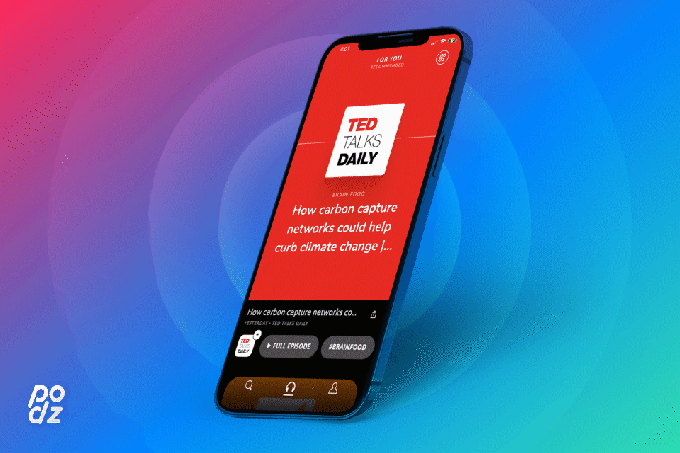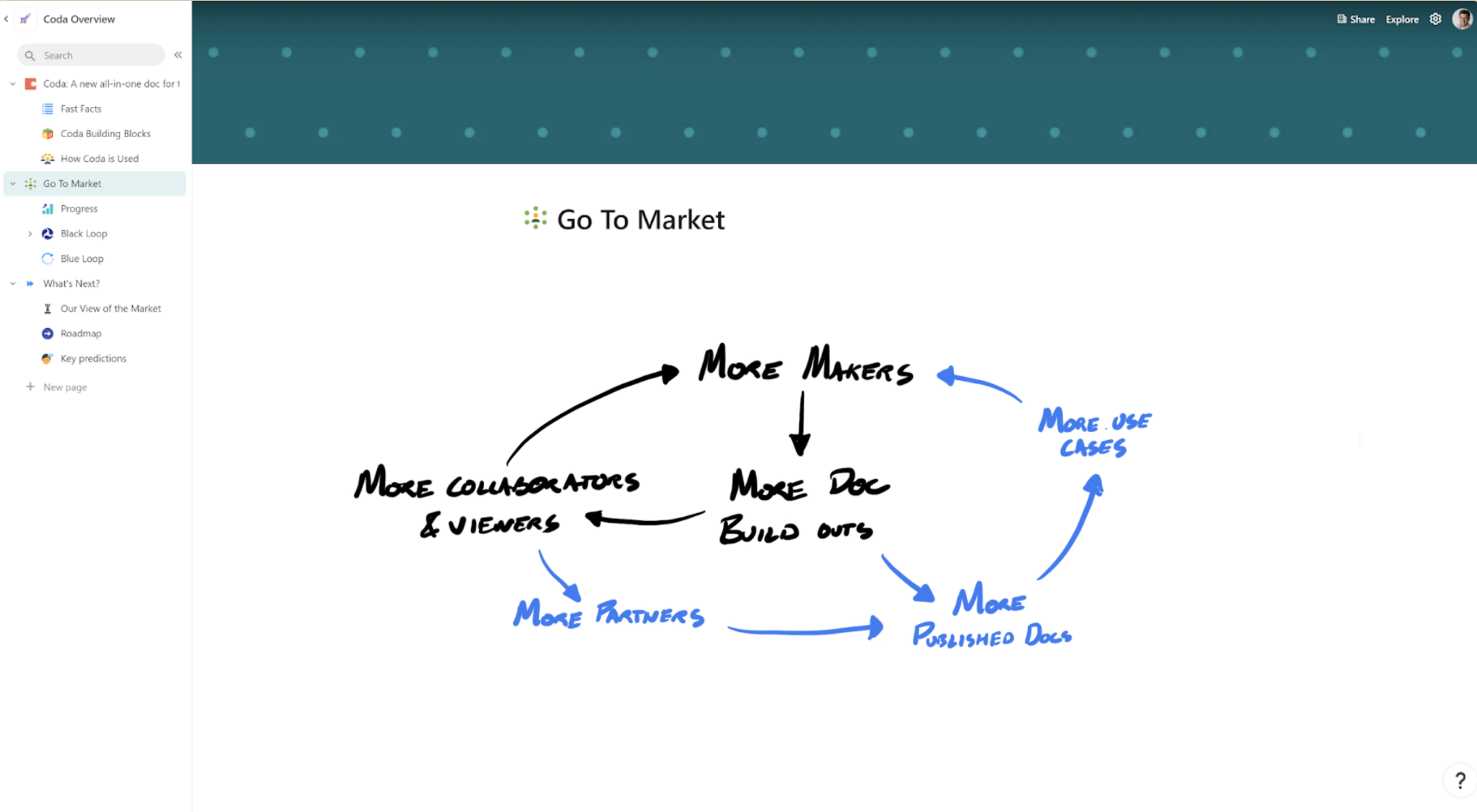The UK’s chief data protection regulator has warned over reckless and inappropriate use of live facial recognition (LFR) in public places.
Publishing an opinion today on the use of this biometric surveillance in public — to set out what is dubbed as the “rules of engagement” — the information commissioner, Elizabeth Denham, also noted that a number of investigations already undertaken by her office into planned applications of the tech have found problems in all cases.
“I am deeply concerned about the potential for live facial recognition (LFR) technology to be used inappropriately, excessively or even recklessly. When sensitive personal data is collected on a mass scale without people’s knowledge, choice or control, the impacts could be significant,” she warned in a blog post.
“Uses we’ve seen included addressing public safety concerns and creating biometric profiles to target people with personalised advertising.
“It is telling that none of the organisations involved in our completed investigations were able to fully justify the processing and, of those systems that went live, none were fully compliant with the requirements of data protection law. All of the organisations chose to stop, or not proceed with, the use of LFR.”
“Unlike CCTV, LFR and its algorithms can automatically identify who you are and infer sensitive details about you. It can be used to instantly profile you to serve up personalised adverts or match your image against known shoplifters as you do your weekly grocery shop,” Denham added.
“In future, there’s the potential to overlay CCTV cameras with LFR, and even to combine it with social media data or other ‘big data’ systems — LFR is supercharged CCTV.”
The use of biometric technologies to identify individuals remotely sparks major human rights concerns, including around privacy and the risk of discrimination.
Across Europe there are campaigns — such as Reclaim your Face — calling for a ban on biometric mass surveillance.
In another targeted action, back in May, Privacy International and others filed legal challenges at the controversial US facial recognition company, Clearview AI, seeking to stop it from operating in Europe altogether. (Some regional police forces have been tapping in — including in Sweden where the force was fined by the national DPA earlier this year for unlawful use of the tech.)
But while there’s major public opposition to biometric surveillance in Europe, the region’s lawmakers have so far — at best — been fiddling around the edges of the controversial issue.
A pan-EU regulation the European Commission presented in April, which proposes a risk-based framework for applications of artificial intelligence, included only a partial prohibition on law enforcement’s use of biometric surveillance in public places — with wide ranging exemptions that have drawn plenty of criticism.
There have also been calls for a total ban on the use of technologies like live facial recognition in public from MEPs across the political spectrum. The EU’s chief data protection supervisor has also urged lawmakers to at least temporarily ban the use of biometric surveillance in public.
The EU’s planned AI Regulation won’t apply in the UK, in any case, as the country is now outside the bloc. And it remains to be seen whether the UK government will seek to weaken the national data protection regime.
A recent report it commissioned to examine how the UK could revise its regulatory regime, post-Brexit, has — for example — suggested replacing the UK GDPR with a new “UK framework” — proposing changes to “free up data for innovation and in the public interest”, as it puts it, and advocating for revisions for AI and “growth sectors”. So whether the UK’s data protection regime will be put to the torch in a post-Brexit bonfire of ‘red tape’ is a key concern for rights watchers.
(The Taskforce on Innovation, Growth and Regulatory Reform report advocates, for example, for the complete removal of Article 22 of the GDPR — which gives people rights not to be subject to decisions based solely on automated processing — suggesting it be replaced with “a focus” on “whether automated profiling meets a legitimate or public interest test”, with guidance on that envisaged as coming from the Information Commissioner’s Office (ICO). But it should also be noted that the government is in the process of hiring Denham’s successor; and the digital minister has said he wants her replacement to take “a bold new approach” that “no longer sees data as a threat, but as the great opportunity of our time”. So, er, bye-bye fairness, accountability and transparency then?)
For now, those seeking to implement LFR in the UK must comply with provisions in the UK’s Data Protection Act 2018 and the UK General Data Protection Regulation (aka, its implementation of the EU GDPR which was transposed into national law before Brexit), per the ICO opinion, including data protection principles set out in UK GDPR Article 5, including lawfulness, fairness, transparency, purpose limitation, data minimisation, storage limitation, security and accountability.
Controllers must also enable individuals to exercise their rights, it said.
“Organisations will need to demonstrate high standards of governance and accountability from the outset, including being able to justify that the use of LFR is fair, necessary and proportionate in each specific context in which it is deployed. They need to demonstrate that less intrusive techniques won’t work,” wrote Denham. “These are important standards that require robust assessment.
“Organisations will also need to understand and assess the risks of using a potentially intrusive technology and its impact on people’s privacy and their lives. For example, how issues around accuracy and bias could lead to misidentification and the damage or detriment that comes with that.”
The timing of the publication of the ICO’s opinion on LFR is interesting in light of wider concerns about the direction of UK travel on data protection and privacy.
If, for example, the government intends to recruit a new, ‘more pliant’ ICO — who will happily rip up the rulebook on data protection and AI, including in areas like biometric surveillance — it will at least be rather awkward for them to do so with an opinion from the prior commissioner on the public record that details the dangers of reckless and inappropriate use of LFR.
Certainly, the next information commissioner won’t be able to say they weren’t given clear warning that biometric data is particularly sensitive — and can be used to estimate or infer other characteristics, such as their age, sex, gender or ethnicity.
Or that ‘Great British’ courts have previously concluded that “like fingerprints and DNA [a facial biometric template] is information of an ‘intrinsically private’ character”, as the ICO opinion notes, while underlining that LFR can cause this super sensitive data to be harvested without the person in question even being aware it’s happening.
Denham’s opinion also hammers hard on the point about the need for public trust and confidence for any technology to succeed, warning that: “The public must have confidence that its use is lawful, fair, transparent and meets the other standards set out in data protection legislation.”
The ICO has previously published an Opinion into the use of LFR by police forces — which she said also sets “a high threshold for its use”. (And a few UK police forces — including the Met in London — have been among the early adopters of facial recognition technology, which has in turn led some into legal hot water on issues like bias.)
Disappointingly, though, for human rights advocates, the ICO opinion shies away from recommending a total ban on the use of biometric surveillance in public by private companies or public organizations — with the commissioner arguing that while there are risks with use of the technology there could also be instances where it has high utility (such as in the search for a missing child).
“It is not my role to endorse or ban a technology but, while this technology is developing and not widely deployed, we have an opportunity to ensure it does not expand without due regard for data protection,” she wrote, saying instead that in her view “data protection and people’s privacy must be at the heart of any decisions to deploy LFR”.
Denham added that (current) UK law “sets a high bar to justify the use of LFR and its algorithms in places where we shop, socialise or gather”.
“With any new technology, building public trust and confidence in the way people’s information is used is crucial so the benefits derived from the technology can be fully realised,” she reiterated, noting how a lack of trust in the US has led to some cities banning the use of LFR in certain contexts and led to some companies pausing services until rules are clearer,” she also warned. “Without trust, the benefits the technology may offer are lost.”
There is one red line that the UK government may be forgetting in its unseemly haste to (potentially) gut the UK’s data protection regime in the name of specious ‘innovation’. Because if it tries to, er, ‘liberate’ national data protection rules from core EU principles (of lawfulness, fairness, proportionality, transparency, accountability and so on) — it risks falling out of regulatory alignment with the EU, which would then force the European Commission to tear up a EU-UK data adequacy arrangement (on which the ink is still drying).
The UK having a data adequacy agreement from the EU is dependent on the UK having essentially equivalent protections for people’s data. Without this coveted data adequacy status UK companies will immediately face far greater legal hurdles to processing the data of EU citizens (as the US now does, in the wake of the demise of Safe Harbor and Privacy Shield). There could even be situations where EU data protection agencies order EU-UK data flows to be suspended altogether…
Obviously such a scenario would be terrible for UK business and ‘innovation’ — even before you consider the wider issue of public trust in technologies and whether the Great British public itself wants to have its privacy rights torched.
Given all this, you really have to wonder whether anyone inside the UK government has thought this ‘regulatory reform’ stuff through. For now, the ICO is at least still capable of thinking for them.





